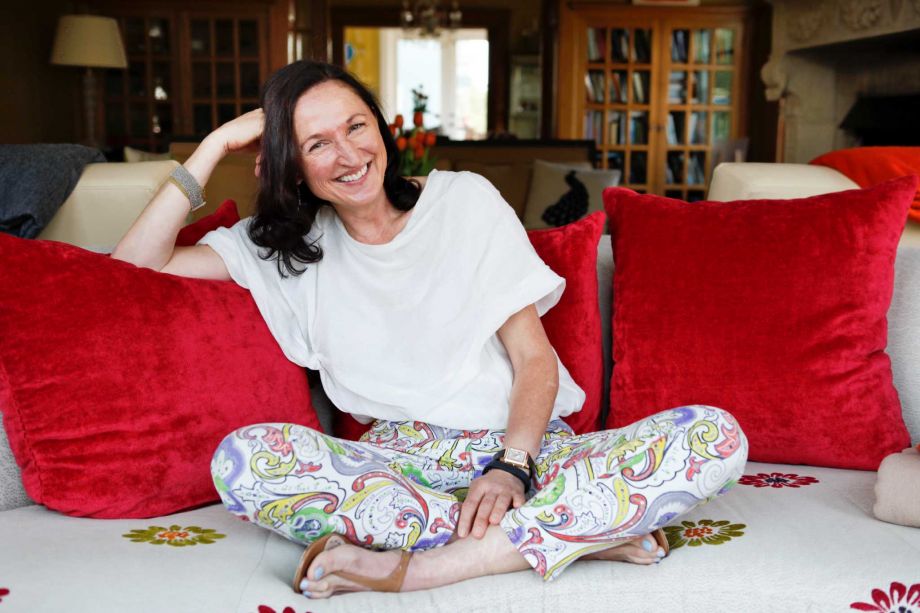By Marissa Lang
San Francisco Chronicle.
A new study confirms what critics already knew: female venture capitalists are exceedingly rare.
So rare, the study found, that less than a third of venture capital firms in the United States employ a single woman to conduct business or participate in investment decisions, underscoring a long-standing problem with the VC industry’s diversity.
Venture capital firms and angel investors are largely responsible for funding Silicon Valley startups, which have also been critiqued for their lack of female and minority representation. Because it’s been proven time and again that investors tend to fund entrepreneurs who look like them — this news is unlikely to shock female, black and Latino entrepreneurs who have tried to start their own companies.
In the first study of its kind, Page Mill Publishing, which publishes legal and financial research, identified 403 female venture capitalists in the country, spread throughout 257 firms. But all told, there are more than 800 such firms in existence.
Of the 100 largest venture capital firms in the country, 40 had no female venture capitalists to speak of. Just 31 firms of the 812 companies surveyed employed three or more.
The report does not offer any explanation for the gender gap, though it does cite pundit theories that women are being intentionally excluded from key investment positions due to a historical “old boys’ network from which the venture capital industry sprang in the 1960s and 1970s,” and the idea that “the gender disparity is more tightly coupled to the fields of study women are likely to pursue during college and the career decisions they make thereafter.”
Of the women who work in venture capital, about half have an MBA, four percent have a law degree and nearly 10 percent have a Ph.D. Of the women polled, nearly 10 percent of them went to Stanford University for their undergraduate education. An additional 19 percent went to other Ivy League schools.
The data used in the study was collected from venture capital firms’ websites, then crosschecked with biographies available through the firms themselves, along with other online reports and university records.
Last year, the National Venture Capital Association created a task force to address the industry’s dismal diversity numbers. Its goal, the association said, was to “develop a clear and measurable path” to increase diversity among both venture capital firms and the entrepreneurs they fund.
So far, the study found, that hasn’t happened.
Firms with the greatest female representation are Menlo Park’s GE Ventures, which employs eight women, and Andreessen Horowitz, also in Menlo Park, which has seven.
Shannon N. O’Reilly, the author of the study, released early Thursday, cautioned against assigning arbitrary numbers to fix the diversity gap, such as the often-touted 50-50 split between men and women.
“(That idea) seeks to impose a numerical solution upon a set of equations of untold complexity,” she wrote. “That proposed approach also flies in the face of statistics showing that women now earn significantly more bachelor’s, master’s and doctor’s degrees than men. So, why should women settle for ‘only’ a 50-50 split in the venture capital industry?”














































































































































































































































































































































































